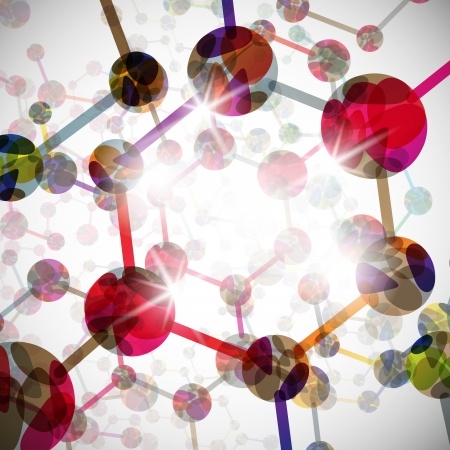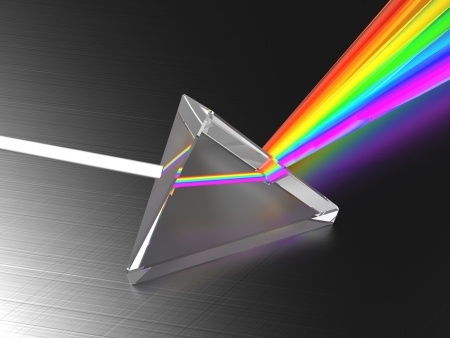Ice Man’s tatoos, why cold makes you pee, gold in sewage, electricity from garbage and comets – all the important things that your students want to know about. This eclectic collection of science news stories is brought to you by STAOBlog.
SciNews is published every Monday and Thursday. Stay tuned for more
 Biology
Biology
Scientists Have Mapped All of Ötzi the Iceman’s 61 Tattoos. Discover
Proving that tattoos can age well, all 61 tattoos on the mummified Ötzi the Iceman have been mapped — and they still look pretty darn good, all things considered. Anthropologists mapped the ink on the 5,300-year-remains using a new imaging technique, revealing previously-unknown tattoos. With this new census in hand, researchers hope to finally answer the question of what the tattoos mean. Read more…
Scientists discover organism that hasn’t evolved in more than 2 billion years. Science Daily
The greatest absence of evolution ever reported has been discovered by an international group of scientists: a type of deep-sea microorganism that appears not to have evolved over more than 2 billion years. But the researchers say that the organisms’ lack of evolution actually supports Charles Darwin’s theory of evolution. Read more…
Chemistry
Why Cold Weather Makes You Pee. About Chemistry
Does it seem like you have to pee more when you’re cold or when it’s cold outside than when it’s warm? It’s not just your imagination! There are scientific reasons why your body makes you expose your privates to the winter elements, though it’s the last thing you’d like to do. Read more…
Sewage sludge contains millions of dollars worth of gold, other metals. CBC News
Have you been adding Goldschlager liqueur to your hot chocolate again? People have been flushing millions of dollars worth of gold down the toilet, a new study suggests. Researchers at Arizona State University measured levels of metals in sewage sludge, also known as biosolids, collected across the United States using a mass spectrometer and an electron microscope. They found that amounts of the 13 most valuable elements, including silver, copper, gold and platinum, were worth about $280 US ($350 Cdn) per tonne of sludge. Read more…
Physics
Electricity from biomass with carbon capture could make western US carbon-negative.  Science Daily
Science Daily
Biomass conversion to electricity combined with technologies for capturing and storing carbon, which should become viable within 35 years, could result in a carbon-negative power grid in the western US by 2050. That prediction comes from an analysis of various fuel scenarios. Bioenergy with carbon capture and sequestration may be a better use of plant feedstocks than making biofuels. Read more…
Earth and Space Science
Rosetta, the Comet, and the Science of Surprise. Discover
There is a cliche you hear all the time when scientists describe their experiments: “We expect the unexpected,” or its jokier cousin, “If we knew what we were doing it wouldn’t be called research.” (That second one is often, but dubiously, attributed to Albert Einstein.) But like many cliches, this one is built on a foundation of truth–as the comet explorations by the Rosetta spacecraft and Philae lander keep reminding us. Read more…

